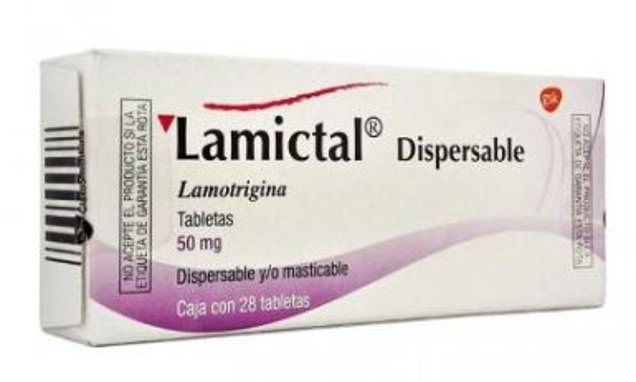- Researchers turned off MYT1L in mouse and human neurons in the lab
- Mice lacking MYT1L had brain abnormalities, including thinning of the cerebral cortex
- They also exhibited autistic behaviors such as social deficits and hyperactivity
- First human trials in early planning stages
Inexpensive epilepsy drug cures autism-like symptoms in mice for the first time – this could be a breakthrough.
Lamotrigine, brand name Lamictal, was able to curb the behavioral and social problems associated with the disorder, which is becoming increasingly common in the United States.
At about $3 (£2.50) per tablet, the drug is thought to work by reversing changes to brain cells caused by genetic mutations.
Previous studies have shown that autism is more common in people with a “switch off” mutation in a gene known as MYT1L.
Dr. Moritz Mohr of the Hector Institute for Translational Brain Research, lead author of the study, said:
“However, the results are still limited to studies in mice. Clinical studies in patients with disorders of the ASD spectrum have not yet been conducted. The first clinical studies are in the early stages of planning.
Scientists understand that autism is likely caused by a combination of genetic and non-genetic factors, but we still don’t fully understand it.
The severity of disability also varies widely across the spectrum. That means there may not be a silver bullet treatment option.
MYT1L is a protein responsible for protecting the molecular identity of neurons, determining which genes are activated and which are not within the cell.
Previous studies have shown that factors affecting the molecular programming of neurons may be involved in the development of autism.
In the latest study, researchers turned off MYT1L in mouse and human neurons in the lab.
They found that mice lacking the protein had brain abnormalities, including thinning of the cerebral cortex.
Mice also exhibited multiple signs of autism, including social deficits and hyperactivity.
When used to treat epilepsy, lamotrigine works by blocking sodium channels in the body, preventing the release of neurotransmitters that would otherwise cause seizures. In 2020, approximately 2 million people in the United States were prescribed the drug.
For autism, the drug is thought to partially block sodium channels, allowing adequate amounts of sodium to pass through.
The results of this study are only applicable to mice, and the drug may not work the same way in humans for autism.
